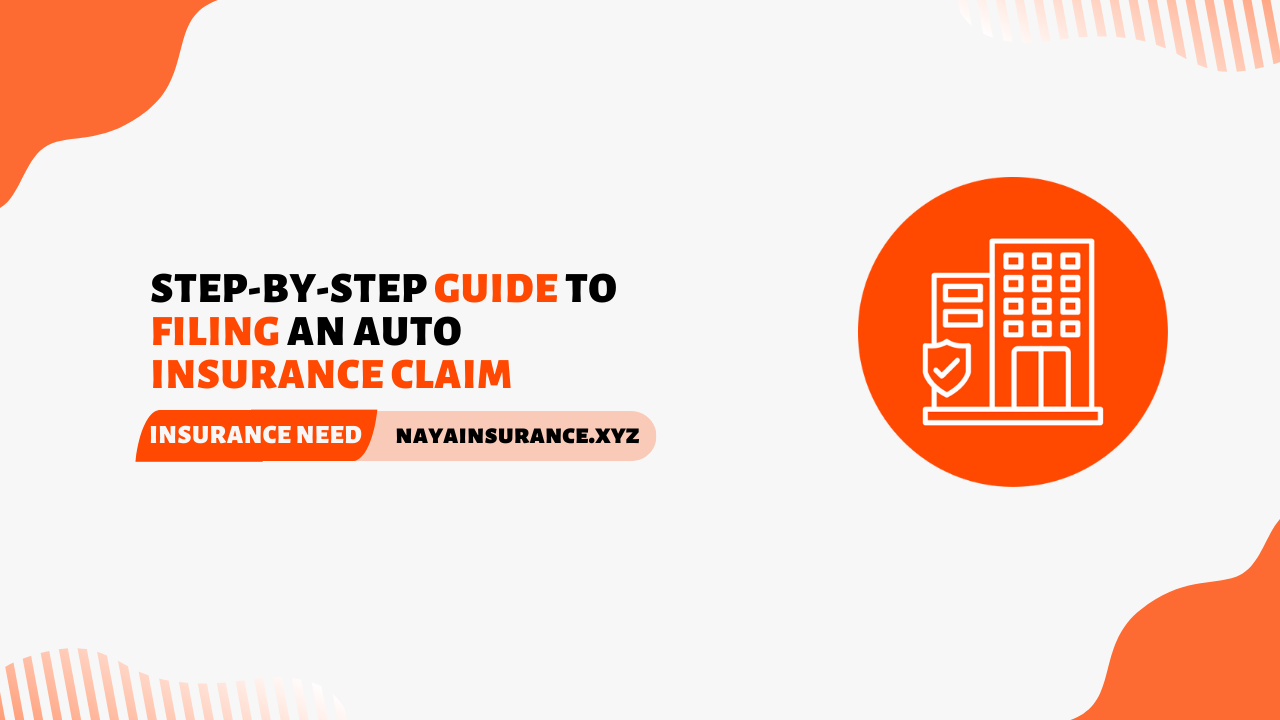Auto insurance is a crucial part of owning a vehicle. It provides financial protection in case of accidents, theft, or other unexpected events. However, filing an insurance claim can be a daunting task, especially if you’re not familiar with the process.
This article will guide you through the steps to file an auto insurance claim in simple, easy-to-understand language.
Step 1: Gather Information
The first step in filing an auto insurance claim is to gather all necessary information. This includes your insurance policy number, contact information for your insurance company, and any relevant documents such as your driver’s license and vehicle registration. If the accident involved another party, you’ll also need their contact and insurance information.
If the police were involved, obtain a copy of the police report.
Step 2: Notify Your Insurance Company
Once you have all the necessary information, it’s time to notify your insurance company. This can usually be done over the phone or through their website. Be prepared to provide initial details about the accident, such as the date, time, location, and a brief description of what happened.
Step 3: Fill Out Claim Forms
Your insurance company will provide you with claim forms to fill out. These forms will ask for detailed information about the accident and any damages or injuries. It’s important to fill out these forms accurately and completely.
Double-check your answers to ensure there are no mistakes.
Step 4: Get Your Vehicle Inspected
Your insurance company will arrange for an inspection of your vehicle. This is usually done by an adjuster who will assess the damage and estimate the cost of repairs.
You can choose a repair shop, but it’s a good idea to get recommendations from your insurer.
Step 5: Review the Claim
After the inspection, your insurance company will review the claim. This may involve additional questions or requests for more information. It’s important to stay in touch with your insurer during this time and provide any requested documents promptly.
Step 6: Get Repairs Started
Once your claim is approved, you can proceed with getting your vehicle repaired. Your insurance company will provide you with an approved repair shop, or you can choose one yourself.
Make sure to get a written estimate for the repairs and keep track of all costs.
Step 7: Keep Track of Expenses
Throughout the claims process, it’s important to keep track of all expenses related to the accident. This includes repair costs, rental car fees, and any other out-of-pocket expenses.
Keep receipts and records organized so you can provide them to your insurer if needed.
Step 8: Follow Up with Your Insurer
Stay in touch with your insurance company throughout the claims process. If you encounter any issues or delays, don’t hesitate to contact your insurer for updates.
Being proactive can help ensure the process goes smoothly.
Step 9: Understand Your Settlement
Your insurance company will offer a settlement to cover the cost of repairs or replacement of your vehicle. It’s important to understand the terms of the settlement and ensure it covers all your expenses.
If you’re not satisfied with the offer, you can negotiate with your insurer.
Step 10: Finalize the Claim
Once you’ve received your settlement and your vehicle has been repaired, it’s time to finalize the claim. Make sure all paperwork is complete and confirm with your insurer that the claim is closed.
Keep a copy of all documents for your records.
Conclusion
Filing an auto insurance claim can be a complex process, but following these steps can help make it more manageable.
Remember to stay organized, keep track of all expenses, and stay in touch with your insurer. With patience and persistence, you can successfully navigate the claims process.
FAQs
- What information do I need to file a claim?
- You’ll need your insurance policy number, contact information for your insurer, and any relevant documents such as your driver’s license and vehicle registration.
- How do I notify my insurance company about an accident?
- You can notify your insurer over the phone or through their website. Be prepared to provide initial details about the accident.
- What should I do if the other party is at fault?
- Obtain their contact and insurance information, and file a claim with your insurer. They will handle the claim with the other party’s insurance company.

